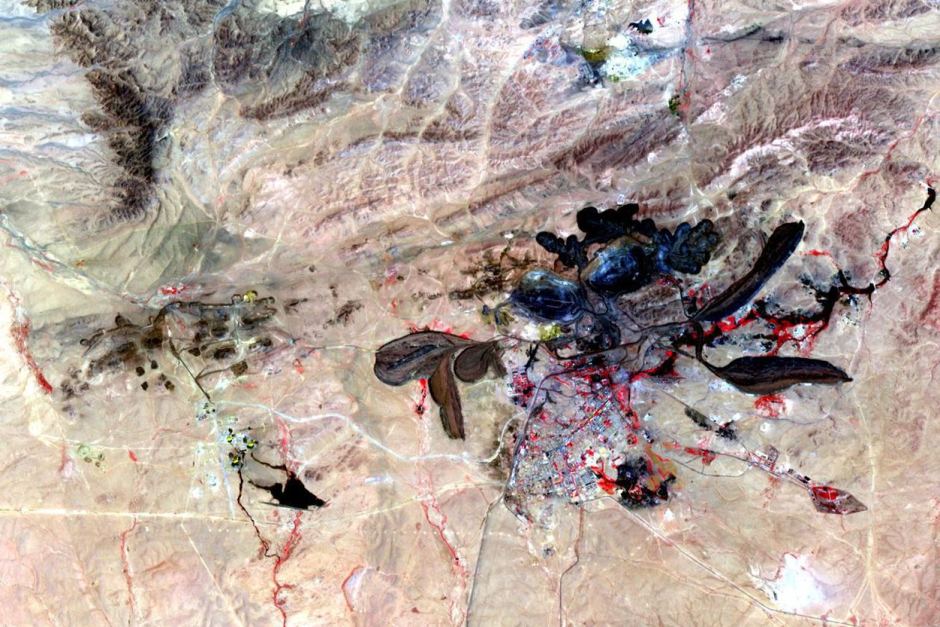Introduction
The United States has recently finalized a trade agreement with China on June 11 to resume exports of rare earth elements (REEs) and magnets, following months of severe restrictions. Concurrently, the Trump administration is leveraging the Defense Production Act to fund domestic rare earth projects. However, these measures have done little to reduce America's reliance on China for military-grade rare earth magnets, crucial for advanced defense technologies like the F-35 fighter jets and precision-guided munitions. This article explores the persistent challenges in breaking China's grip on this strategic resource and the implications for US national security.
Main Body
The US-China Rare Earth Deal: A Temporary Fix
The recent agreement in London aimed to restore US access to Chinese rare earths after export controls imposed in April disrupted supplies for automotive, robotics, and defense sectors. Under the deal, China agreed to fast-track export licenses for non-military US manufacturers, but these licenses are temporary, lasting only six months. Critically, China has not committed to supplying specialized rare earth magnets needed for military applications, such as samarium-cobalt magnets used in high-temperature environments. According to Reuters, this exclusion leaves US defense suppliers vulnerable, with potential impacts on Lockheed Martin's F-35 production as inventories dwindle.
DoD Funding and Domestic Efforts: Insufficient Progress
The US Department of Defense has invested over $439 million since 2020 to establish a domestic 'mine-to-magnet' supply chain, targeting full integration by 2027. Companies like MP Materials, operating the Mountain Pass mine in California, and Lynas Rare Earths, with facilities in Texas, have received significant funding. However, their output remains negligible compared to China's dominance—MP Materials is set to produce just 1,000 tonnes of neodymium magnets annually against China's 300,000 tonnes. Moreover, MP Materials primarily focuses on light rare earths, with limited capacity for heavy rare earths like samarium, terbium, and dysprosium, which are vital for military-grade magnets. Lynas's upcoming Texas plant, expected in 2026, will also produce limited quantities and lacks confirmed plans for military-specific magnet production.
China's Unshakable Dominance
China mines 60% of the world's rare earths and processes 87%, maintaining a near-monopoly on heavy rare earth separation and magnet production. It controls 100% of global samarium supply, a critical component for military applications, and there is no significant commercial production of dysprosium or terbium outside China. As The Guardian notes, this stranglehold poses risks to US military readiness, especially as stockpiles of missiles and other ordnance are depleted due to ongoing conflicts in Ukraine and the Middle East. Experts like Jack Lifton argue that Western companies lack the scale, expertise, and financial sustainability to compete with China, predicting years before any meaningful independence is achieved.
Broader Implications and Strategic Risks
The reliance on China for rare earths extends beyond magnets to other critical defense technologies, including radar, communications, and jet engines, where REEs play irreplaceable roles. The US Government Accountability Office warns that over 95% of rare earths consumed in the US are imported, predominantly from China, leaving defense systems susceptible to supply chain disruptions by an adversarial nation. With global tensions rising—evident in conflicts involving Israel, Iran, and Ukraine—the inability to secure a stable supply of military-grade materials could have dire consequences. Additionally, civilian industries like automotive manufacturing are already experiencing production halts due to rare earth shortages, amplifying economic risks.
Opinion and Analysis
While the US-China deal and DoD investments signal intent to address a critical vulnerability, they are Band-Aid solutions to a systemic problem. Why has the US failed to prioritize rare earth independence over decades, despite clear warnings about China's growing control? The current strategy of short-term trade concessions and modest domestic investments ignores the scale of China's integrated ecosystem—from mining to magnet manufacturing. As geopolitical tensions escalate, particularly with China's history of weaponizing mineral exports (e.g., gallium, germanium), the US must ask whether it can afford to remain dependent on a potential adversary for its defense capabilities. Partnerships with allies like Australia, which is ramping up rare earth production, offer hope but are insufficient without aggressive policy shifts toward R&D and scaled infrastructure. The question remains: can the US realistically achieve supply chain resilience before a major crisis exposes this weakness?
Conclusion
The US-China rare earth agreement and increased DoD funding have not loosened China's stranglehold on military-grade rare earth magnets. With China controlling key heavy rare earths and magnet production, and US domestic efforts lagging far behind in scale and capability, America's national security remains at risk. A more robust, long-term strategy—combining international alliances, technological innovation, and substantial investment—is urgently needed to mitigate this dependency and safeguard both military and economic interests.
